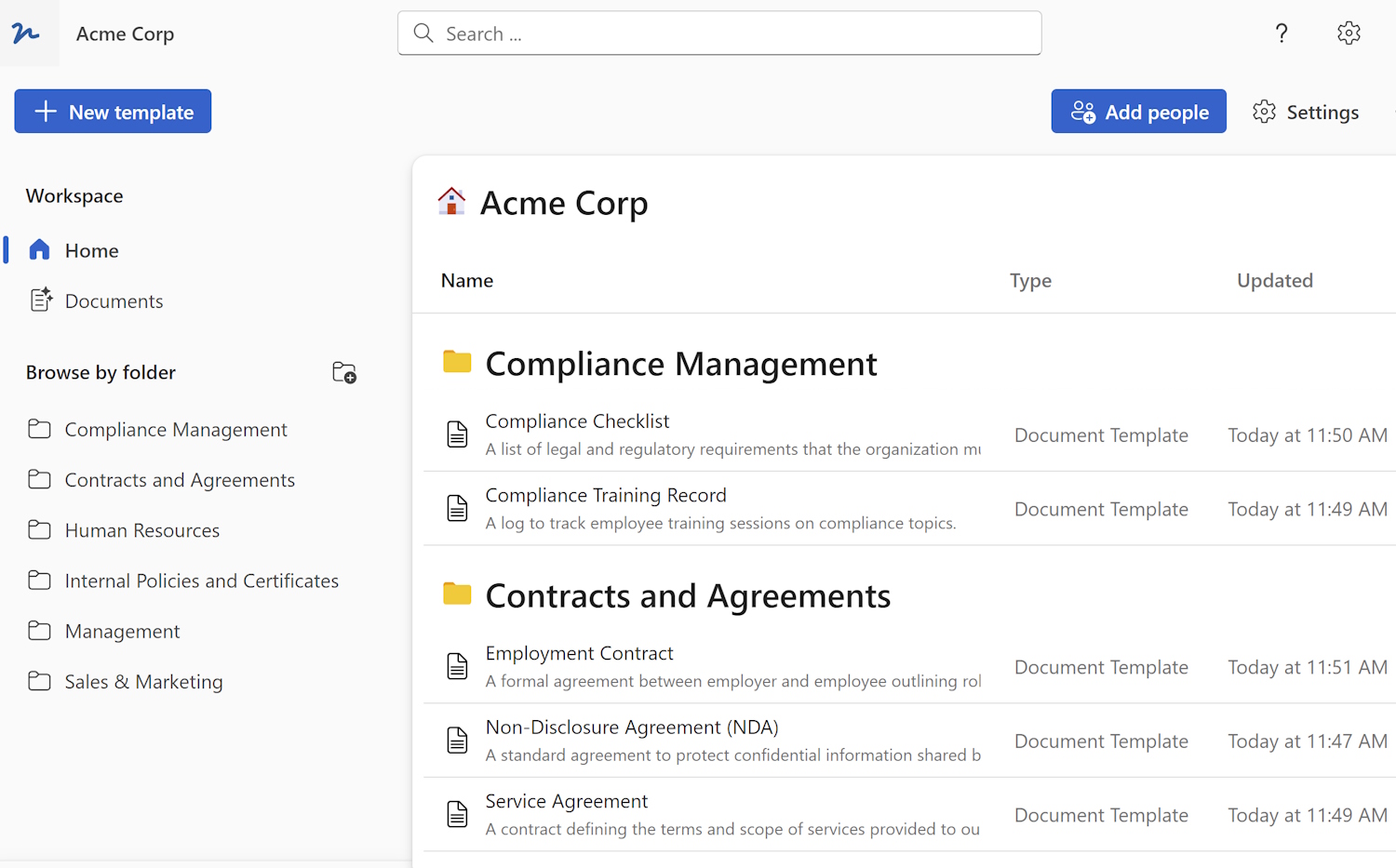
Taking meeting minutes is an essential part of any successful meeting. Meeting minutes serve as a written record of the discussions, decisions, and action items that take place during a meeting. The format of meeting minutes is crucial to ensure clarity, organization, and easy reference. In this article, we will explore the best meeting minutes format and provide tips to help you create effective and comprehensive meeting minutes.
Why Meeting Minutes Matter
Effective meeting minutes play a crucial role in ensuring that everyone is on the same page and holds the participants accountable for their actions and commitments. They serve as a reference point for future meetings and help to track progress on action items. Meeting minutes also provide documentation for legal, compliance, and audit purposes. By following the right meeting minutes format, you can enhance communication, increase productivity, and improve the overall effectiveness of your meetings.
Meeting Minutes Format
While there is no hard and fast rule for the exact format of meeting minutes, there are certain components that should be included to create clear and concise records. Here is a suggested meeting minutes format:
1. Meeting Information
The meeting information section should include the date, time, and location of the meeting. It should also specify the name of the meeting, such as "Project X Team Meeting." This section sets the context for the meeting minutes.
2. Attendees
List all the attendees present at the meeting. Include their names, job titles/roles, and organization. This section helps to identify who participated in the meeting and who is responsible for specific actions.
3. Agenda
Include a brief overview of the meeting agenda. List the main items or topics discussed in the meeting. This section provides a roadmap for the meeting minutes and helps readers quickly find relevant information.
4. Discussion Points
In this section, record the key points discussed during the meeting. Summarize the main ideas, arguments, and decisions made. Use bullet points or subheadings to organize the discussion points. Be concise but provide enough detail to capture the essence of the discussion.
5. Action Items
List all the action items identified during the meeting. Include the responsible person, the deadline, and any additional details required to complete the task. Clear action items ensure accountability and drive progress.
6. Next Meeting Date and Time
Include the date, time, and location of the next meeting, if applicable. This section helps participants plan their schedules and ensures continuity.
7. Meeting Conclusion
Summarize the meeting in a few sentences. Highlight any important outcomes, decisions, or next steps. This section serves as a quick summary of the meeting minutes.
8. Attachments
If there were any supporting documents or presentations discussed during the meeting, attach them to the meeting minutes. Reference these attachments within the minutes for easy access.
Tips for Creating Effective Meeting Minutes
Now that you are familiar with the meeting minutes format, here are some tips to help you create effective and comprehensive meeting minutes:
Prepare in Advance: Familiarize yourself with the meeting agenda and any relevant materials beforehand. This will help you understand the context and capture accurate information during the meeting.
Be Neutral and Objective: As the minute-taker, you should strive to remain neutral and objective. Stick to the facts and avoid personal opinions or biases.
Use Clear and Concise Language: Write in plain and simple language. Avoid jargon or technical terms that may be unfamiliar to some readers. Keep sentences and paragraphs short to enhance readability.
Be Accurate and Detailed: Pay close attention to the discussions and decisions made. Capture the essential points accurately and provide enough detail to maintain the integrity of the meeting minutes.
Assign Action Items Clearly: When recording action items, clearly specify the responsible person, the deadline, and any additional information required. This will help avoid confusion or misunderstandings later on.
Review and Distribute Promptly: Review the meeting minutes for accuracy and completeness. Once approved by the meeting chair or team lead, distribute the minutes to all attendees and stakeholders in a timely manner.
Use Meeting Minutes Software: Consider using meeting minutes software or templates to streamline the process. These tools often provide predefined formats and automated features for easy recording, sharing, and tracking of meeting minutes.
By following these tips and adopting the suggested meeting minutes format, you can ensure that your meeting minutes are professional, accurate, and valuable for all stakeholders.
Meeting Minutes Template
Here is a template for meeting minutes you can use:
Meeting Minutes
I. Meeting Information
Meeting Name:
Date of Meeting:
Time of Meeting:
Location of Meeting:
II. Attendees
Chair:
Secretary:
Members Present:
Members Absent:
III. Agenda
1. Call to Order - (Time) by (Chair)
2. Approval of Past Minutes – (Time)
3. Acknowledgement of Guests or Visitors – (Time)
IV. Reports
1. Report from Committee/Individual A – (Time)
2. Report from Committee/Individual B – (Time)
3. etc.
V. Old Business
1. Discussion Item A - (Brief Summary of Discussion and Conclusions)
2. Discussion Item B - (Brief Summary of Discussion and Conclusions)
3. etc.
VI. New Business
1. Discussion Item A - (Brief Summary of Discussion and Conclusions)
2. Discussion Item B - (Brief Summary of Discussion and Conclusions)
3. etc.
VII. Date, Time, and Location of Next Meeting
VIII. Adjournment
1. Time of Adjournment:
2. Adjourned by:
IX. Minutes Prepared By:
Name:
Date:
Approved By (Chairperson's Name) on (Date):
Attachments: (If any)
Approval of Minutes:
_________________________________________
(Chairperson's Name & Signature)
_________________________________________
(Secretary's Name & Signature)
Conclusion
Meeting minutes are an essential tool for effective communication, documentation, and accountability in meetings. The right meeting minutes format can make a significant difference in capturing and conveying information accurately. By including the meeting information, attendees, agenda, discussion points, action items, next meeting details, meeting conclusion, and attachments, you can create comprehensive and valuable meeting minutes. Remember to use clear and concise language, assign action items clearly, and review and distribute the minutes promptly. Adopting best practices and leveraging technology can further enhance the effectiveness of your meeting minutes.
 WordFields
WordFields
